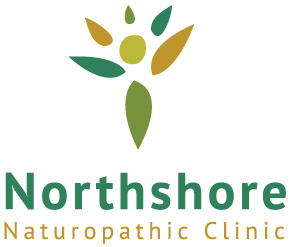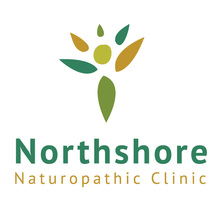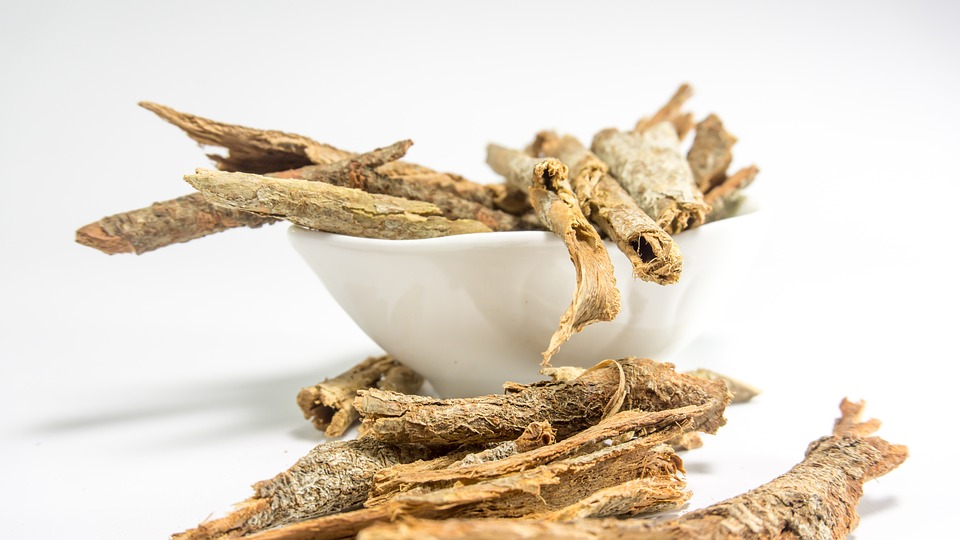One of the few fruits native to North America, the cranberry has been used for centuries by indigenous people, both in their diet and medicinally.
Cranberries are probably best known for their use in the treatment of urinary tract infections (UTIs). It was originally believed that their medicinal benefit was due to acidification of the urine. However, recent research has shown that cranberries contain proanthocyanidins which prevent bacteria, including E. coli, from adhering to the bladder and the walls of the urinary tract, thereby helping to reduce the risk of UTIs. The anti-adhesion properties of cranberries have also been shown to inhibit the bacteria that cause stomach ulcers and periodontal gum disease.
A study published in the Journal of Agriculture and Food Chemistry (November 19, 2001) found that, in a comparison of 19 common fruits, cranberries contain the highest amount of antioxidant phenols, providing protection from harmful free radicals. Phenols are believed to reduce the risk of certain cancers, heart disease and stroke, and studies are being done to see if cranberries can help protect against the development of these diseases.
Cranberries are rich in vitamin C, low in calories, and they have low glycemic values. Uncooked cranberries have higher antioxidant levels than those that have been cooked, but many people don’t like the tartness of raw cranberries.
The most common way to add cranberries to the diet is to drink cranberry juice, but it’s important to buy only the unsweetened varieties to avoid sugar or artificial sweeteners. See this month’s recipe for an easy way to make your own. Cranberries can also be added to oatmeal (see this month’s recipe for Oatmeal with Cranberries), crisps, muffins, scones, coffeecakes, etc.
Considering the health benefits of this phytonutrient-packed fruit, you may want to add cranberries to your diet.
For more information about cranberries, visit www.cranberryinstitute.org.



